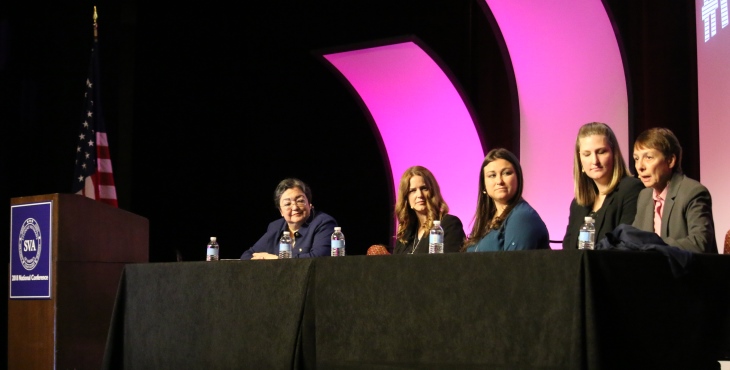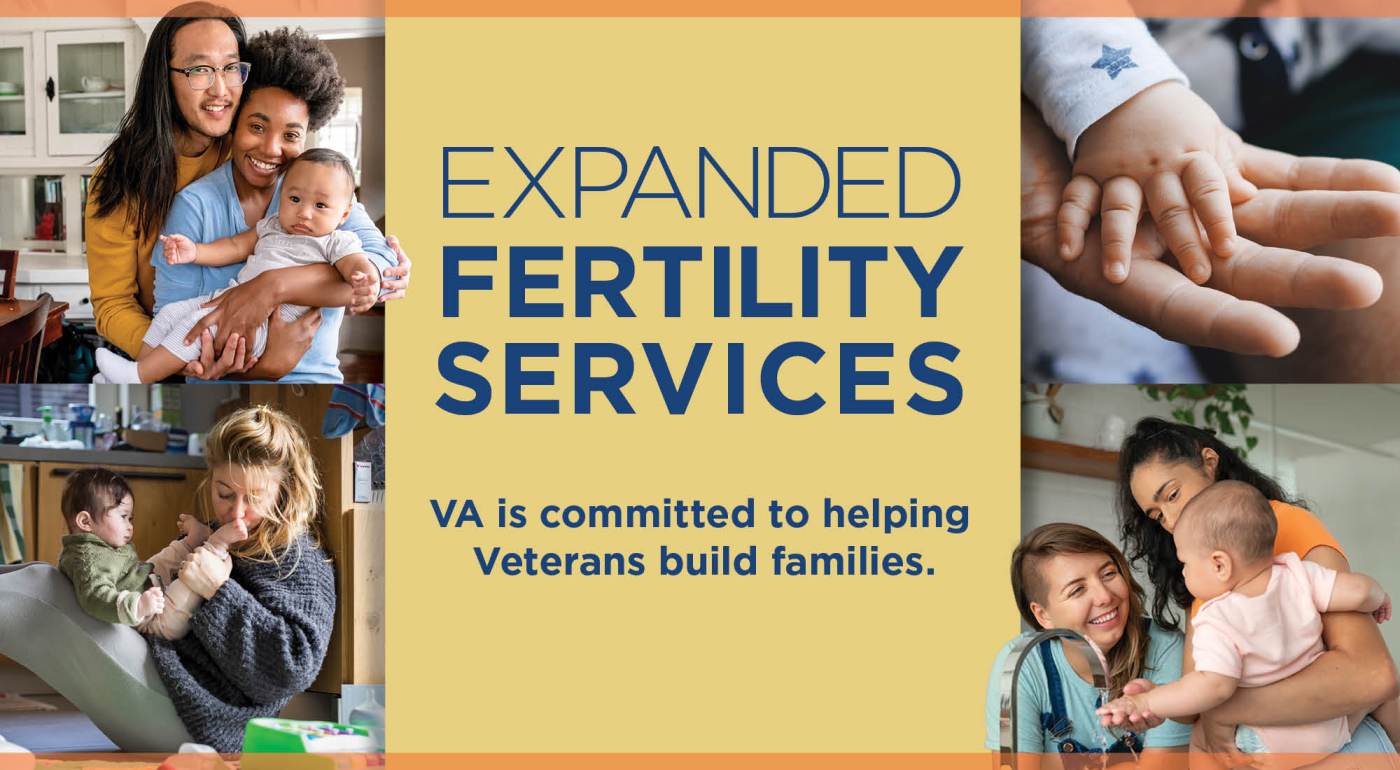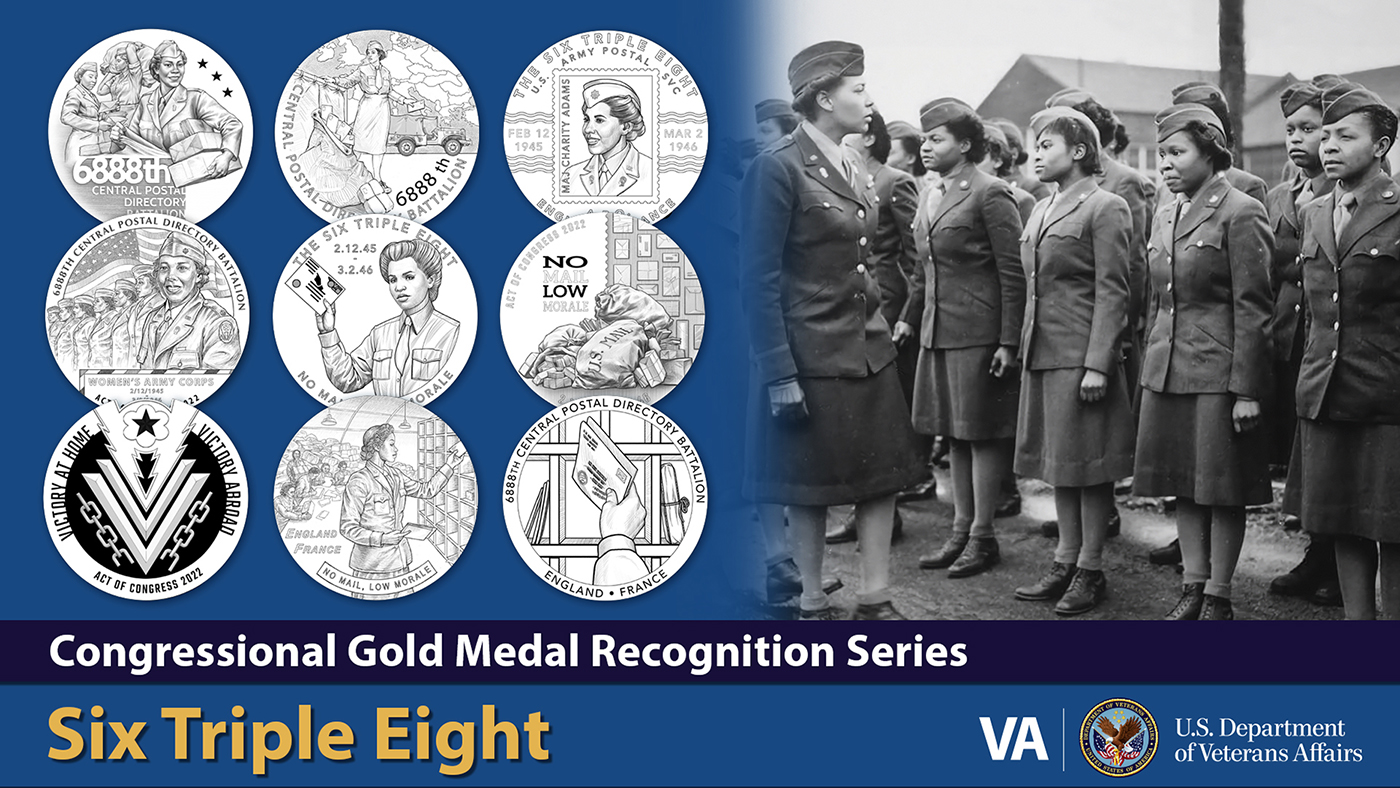
Would women Veterans be invisible or unrecognized?
Not at all, I’m very pleased to report. Women Veterans were front and center on the website, in programming and on the main stage. SVA’s director of policy, Lauren Augustine, told me, “women Veterans account for 48 percent of SVA chapter leaders and are over represented in higher education, with 20 percent using the GI Bill compared to their counterparts currently serving, which sits at 16 percent on active duty.
To honor that, SVA made sure that women were a part of the national conference, with breakout groups and a panel highlighting Catherine Verhoff, chief diversity officer at PGIM (global investment management businesses of Prudential Financial) – additionally, five of the 10 finalists for student Veteran of the year were women.
This was not by chance, Lauren reported: “One of the reasons women were featured prominently during the 2018 NatCon was due to feedback received from the 2017 NatCon requesting additional programming for women.”
I had the chance to chat with many women student Veterans and their supporters throughout the conference, and all reported feeling welcome and supported by SVA staff and their fellow attendees.
Some best practices I observed that other organizations may consider when planning large events:
- Put women Veterans’ issues on the main stage. Many challenges that women face affect us disproportionately, but not uniquely – we are more likely to be the primary caregivers to small children, aging parents or wounded spouses, but there are men with those responsibilities too. The same is true for exposure to military sexual trauma and even breast cancer: women are at higher risk, but men are affected too. Everyone can benefit from learning about resources available for individuals facing those issues. In addition, women cannot address gender discrimination alone: we need men to be aware of problems we face in the workforce and be our allies in tackling them.
- SVA’s plenary session “From Boots to Boardroom,” which featured five women succeeding in the corporate sector, included advice on self-branding, career transition, mentorship vs. sponsorship and more that are vital for both men and women – while also touching on challenges a few challenges unique to women, like finding time to pump breastmilk. Many of the women and men I talked to over the next few days had taken away nuggets of wisdom about how to advance their own careers – and facilitate success for women.
- Highlight women Veterans’ successes. SVA president Jared Lyon and other leaders regularly trumpeted the high percentage of women Veterans serving as chapter leaders, as well as their high graduation rates. This can help push back on negative perceptions by showcasing our resilience.
- Hold breakout sessions dedicated to women Veterans’ issues. When planning breakout sessions, ensure women (and other historically disadvantaged or marginalized groups) have the opportunity to do deeper dives into their challenges, opportunities, and resources. At NatCon 2018, attendees were able to learn about Gender-Specific Programming for Leadership Development (such as the Focus Forward Fellowship) and Identity Intersectionality. Colleagues and I presented on Resources to Boost Women Veterans’ Career Readiness at VA, the Department of Labor, Lean In Women Veterans, and Academy Women. Programming dedicated specifically to women can allow them to share concerns they may not otherwise voice due to fear of rejection, as was mentioned in one of these sessions.
- Avoid all-male panels. If you have a panel with multiple participants (and the topic isn’t something specific to men), work to ensure it is representative of the population you serve. The Veteran population is diverse in terms of age, gender, race, branch of service, officer/enlisted status, era of service, disability status, career field, and more. Pledge not to land on a list of all-male panels and showcase the diversity of our population whenever you can.
- Set clear expectations of behavior. SVA’s program explicitly stated, “It is SVA policy that guests, staff members, partners, and the general public are entitled to an environment free of sexual harassment at any SVA event. No one, male or female, should be subjected verbally or physically to unsolicited and unwelcomed sexual overtures or conduct.” There was also guidance for attendees who experienced or witnessed sexual harassment.
“It has been made more than clear that women are valued and empowered at SVA,” both on staff and as students, Lauren told me about coming on board the team there recently, “It’s been great.”
To ensure success when planning an event, she specified, “Women Veterans shouldn’t be an afterthought” – those responsible should keep them in focus from the start. Lauren also encouraged student Veterans to check out other programs available for them through SVA, including the Leadership Institute, VFW-SVA Legislative Fellowship, and more – all of which have strong participation by women Veterans.
And we both hope to see you at SVA NatCon 2019 in Orlando, Florida.
Topics in this story
More Stories
Thinking about building a family or exploring fertility treatments? VA can support you with a wide range of services.
Report examines the input of over 7,000 women Veterans: They are happier with VA health care than ever before.
The 6888th Central Postal Directory Battalion was awarded the Congressional Gold Medal in 2022, the highest civilian honor bestowed by the United States Congress. This prestigious award recognized the unit's outstanding service and the lasting impact it had on the military and society as a whole.






